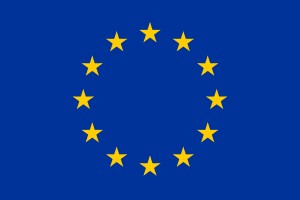| ECHA will start to evaluate 20 % of registration dossiers in each tonnage band to improve the compliance of REACH registrations. This will mean approximately 30 % of all registered chemicals will be checked. |
| Helsinki, 24 June 2019 – The Commission will propose an amendment to REACH to raise the current 5 % minimum target for compliance checks to 20 % of registration dossiers in each tonnage band. This means checks for about 30 % of all registered substances. The increased target is part of ECHA and the Commission’s joint action plan to address the lack of compliance in registration dossiers and encourage industry to improve their safety data on chemicals.
Bjorn Hansen, ECHA’s Executive Director says: “Improving compliance with the law is our key priority for the coming years. REACH data is the basis of the European Union’s whole chemicals management system. Together with the Commission and Member States, we are committed to putting these concrete measures in place to address non-compliance and improve chemicals safety in Europe. To achieve this, we will also need a strong commitment from European industry to increase their efforts under REACH.”
ECHA’s aim is to screen all registration dossiers submitted by the 2018 deadline: by 2023 for substances registered over 100 tonnes per year and by 2027 for substances in the tonnage band 1-100 tonnes per year. The agency will also check the compliance of at least 30% of substances, making sure that this check is done for all substances where more information is needed. These include, for example, substances with hazardous properties, or where more data needs to be generated to conclude a potential risk. Similar substances will be assessed in groups to gain efficiency and ensure that proposals for further regulatory action are consistent. For high tonnage substances, ECHA will conclude by the end of 2020 whether they are a priority for risk management, for data generation or currently of low priority for further action.
To meet these ambitious targets, ECHA will re-allocate staff from other functions to evaluation tasks. Other actions include simplifying compliance check decisions, increasing enforcement, interaction with industry associations to make sure registrants step up their compliance efforts, and establishing a transparent monitoring system of the progress made. |


















